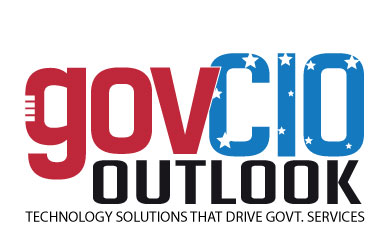Welcome back to this new edition of Gov CIO Outlook !!!✖
DECEMBER 20238GOVERNMENT CIO OUTLOOKIN MYOPINIONAn Interview With Jevon Graham, MPA, CFO, MIFireE, Division Chief of Emergency Management, City of Clearwater WADVANCEMENTS AND STRATEGIES IN GOVERNMENT EMERGENCY MANAGEMENThat do you think are the high-level trends that are driving government sector to think about tackling emergency situations?Unfortunately, major events are becoming the new normal. Using tropical events as an example, we are having busier seasons, with more intense incidents. Add to this the increase in natural or manmade emergencies that must be mitigated at the public sector level, also exasperate our already limited resources. Due to all of these factors, those at the government level must use all of its resources, technologies, and partnerships to delve deeper into the five phases of emergency management which are: prevention, protection, mitigation, response, and recovery. Can you shed some light on the advanced technologies helping government organizations stay proactively in managing emergencies?Shifting demographics and the rate of technological innovation will challenge the way we plan and communicate with the public. At the same time, more frequent and more intense storms will present operational challenges and complexities. Risk based planning, social media use in disaster response and public private partnerships are three ways we can change the way we manage the technical, social, environmental, and political factors influencing our communities. While we constantly try to stay ahead of technology, current risk management tools and processes are already outdated. The current modeling tools used to assess and manage risks related to climate, power, transport, telecommunications, water, and population shifts need to be regularly evaluated so that we can remain in front of potential points of failure. This requires us to constantly search for advanced modeling, technology, the sharing of regional and sub-regional assets, infrastructure, and logistics capabilities which also underscores the importance of resource sharing arrangements across jurisdictions. To stay proactive in emergency management, technology will become a major factor in the successful execution of all future incidents.What are the latest advancements in the technologies that best fit in terms of data-driven approach with optimal efficiency?Geographic information systems (GIS) have been extremely beneficial for our organization. It has allowed us to map our entire critical infrastructure, redundancies and critical locations that could become catastrophic points of failure such as within our public utilities department. Along with 4 water distribution sites, we have approximately 200 lift stations that are responsible for pushing and managing the effluent flows throughout the city. A failure in one site may not be critical, but losing a grid can have catastrophic health consequences. Having all of these locations mapped out gives us a better understanding of our weak points and the resources needed to quickly fix a problem should it occur. We also have created overlays, which show response districts, push team routes for debris removal, critical resources and equipment and access points for aid should we have an event with significant impacts. GIS mapping technology helps us to understand where hazards are located, how many people could be affected and what responses are needed.In an interview with City of Clearwater, Jevon Graham, Division Chief of Emergency Management delineates the high level trends driving the government's approach to emergency management, the advanced technologies enabling proactive emergency preparedness, the latest advancements in data driven technologies and the role of partnerships and stakeholder engagement in government emergency response efforts.
< Page 7 | Page 9 >
< Page 7 | Page 9 >
